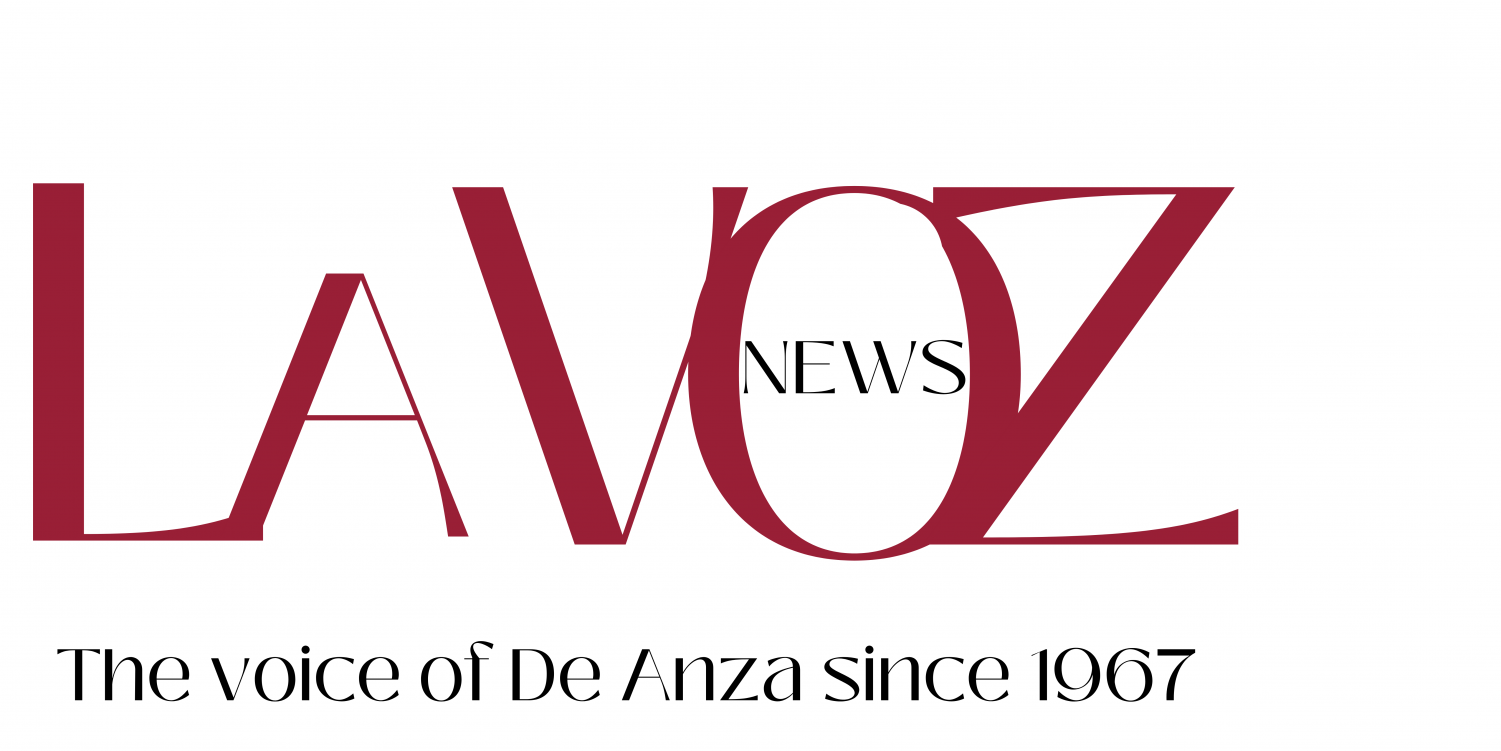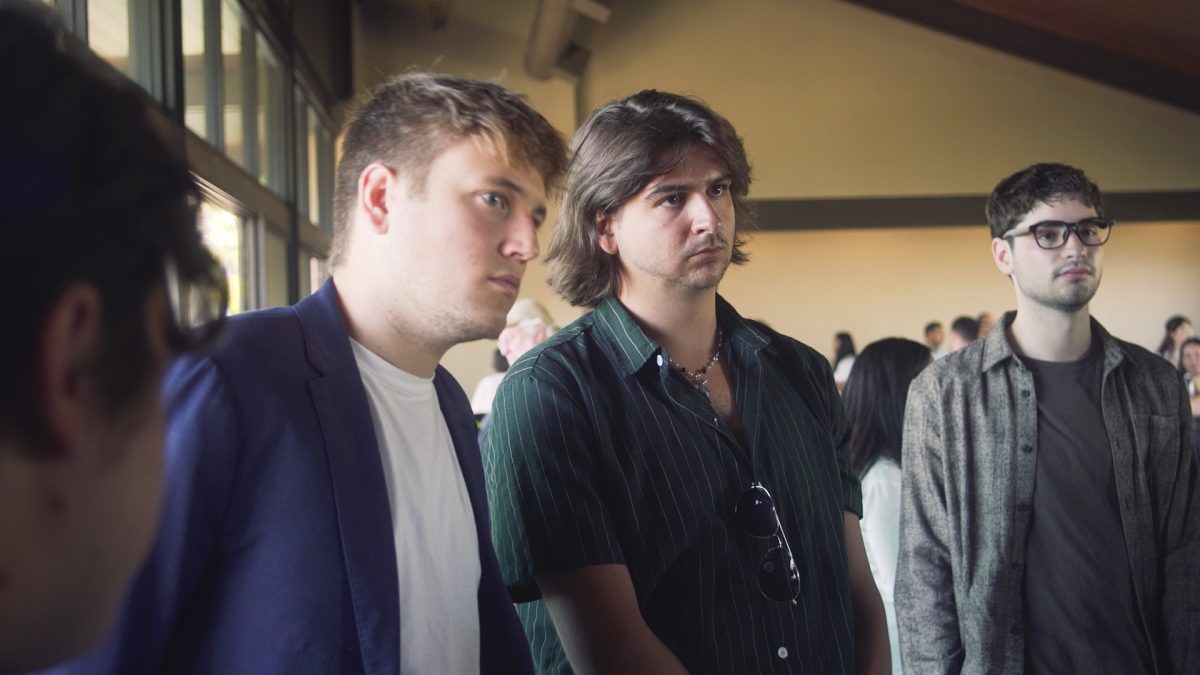Art loses out in transition to online courses
May 14, 2020
De Anza’s art classes are not worth the price of tuition in an online format.
Students in online art classes are still paying the same amount for their classes but not receiving the same opportunities or benefits they would if these were face-to-face classes.
Granted, taking art classes during this time is something new for students and staff alike, but the transition from face-to-face classes to online-only classes has been OK at best.
Photography students are not able to print and bring home the photos they take and the same goes for painting and sculpture classes.
Not being able to print photos, bring home paintings or sculptures is disappointing.
Art classes are supposed to be hands-on and this quarter it feels like it is entirely hands-off.
Hands-on is important, especially for art students, because it allows the safety net of trial and error.
It is safe to say most art students are not getting the same benefits online as they did in person.
Not being able to showcase their work is another huge downside to taking art classes this quarter.
Another way art students are disadvantaged is the lack of student support.
Hunar Dhar, 23, film and tv production major said, “I think we have a lot of talented students in this department and we were able to learn a lot from interacting regularly with each other, which is not possible at the moment.”
Art students especially lean on fellow students to help their creative process.
Douglas Russell, professor of drawing at the University of Wyoming in an interview with Inside Higher Ed said, “I can, of course, film a video, or digitally draw on their drawing photo. But this is not the same at all. And something is definitely lost in the process.”
Bouncing creative ideas off each other is not as natural in zoom meetings.
COVID-19 has affected all departments during this spring quarter, but the photography department, in particular, has been impacted the most.
Many of the courses offer hands-on opportunities where students can develop film in darkrooms.
Photography students, and other art students, should be offered some form of credit that they can use to get their money’s worth.
For example, credit in the student store for supplies, an option to l print photos somewhere else when possible, or even financial aid credit should be considered.
De Anza could also allow students to come in shifts to print their photos out, within state-mandated social distancing guidelines.
Ultimately, De Anza art students have to compromise and learn to deal with the new norm, but it is an inconvenience and a waste of students’ money.
































